Samsung Odyssey G8 34″ LS34DG850S OLED G8 (G85SD) Ultra-WQHD 175Hz 0.03ms Curved Gaming Monitor Price in Pakistan
| Brand
Name of the company-manufacturer. |
Samsung |
| Series
Name of the series, which the model belongs to. |
Odyssey OLED G8 |
| Model
Designation of the model. |
S34DG85 |
| Model alias
Other known designations of the model. |
G85SD LS34DG850SUXEN LS34DG850SNXZA S34DG850S S34DG852SC |
| Model year
The year in which this model was announced. |
2024 |
Display
Information about the main characteristics of the display – panel, backlight, resolution, refresh rate, etc.
| Size class
Size class of the display as declared by the manufacturer. Often this is the rounded value of the actual size of the diagonal in inches. |
34 in (inches) |
| Diagonal
Approximate diagonal size of the display. If the manufacturer does not provide such information, the diagonal is calculated from the width and height of the screen. |
867.16 mm (millimeters) 86.716 cm (centimeters) 34.1402 in (inches) 2.845 ft (feet) |
| Width
Approximate width of the display. If the manufacturer does not provide such information, the width is calculated from the diagonal and the aspect ratio. |
800.1 mm (millimeters) 80.01 cm (centimeters) 31.5 in (inches) 2.625 ft (feet) |
| Height
Approximate height of the display. If the manufacturer does not provide such information, the height is calculated from the diagonal and the aspect ratio. |
337.1 mm (millimeters) 33.71 cm (centimeters) 13.2717 in (inches) 1.106 ft (feet) |
| Radius of curvature
There are curved displays, whose curve is part of a circumference (arc). In order to give more precise information about the curve of the screen, often the manufacturer provides data about the radius of this circumference. The smaller the radius, the larger the screen curve. |
1800 mm (millimeters) 180 cm (centimeters) 70.8661 in (inches) 5.9055 ft (feet) |
| Panel type
There are various panel technologies. Each has its own specific features – viewing angles, color reproduction, response time, brightness/contrast, production cost, etc. The image quality depends directly on the type of the display panel used. |
OLED |
| Panel bit depth
The most widely used panels are those with 6, 8, and 10 bits for each of the RGB components of the pixel. They provide 18-, 24-, and 30-bit color, respectively. |
10 bits |
| FRC
Frame Rate Control (FRC) is a method, which allows the pixels to show more color tones. With quick cyclic switching between different color tones, an illusion for a new intermediate color tone is created. For example, by using FRC, a 6-bit display panel is able to show 16.7 millioin colors, which are typical for 8-bit display panels, and not the standard 262200 colors, instead. There are different FRC algorithms. |
No |
| Colors
The maximum number of colors, which the display is able to reproduce, depends on the type of the panel in use and color enhancing technologies like FRC. |
1073741824 colors 30 bits |
| Aspect ratio
The ratio between the horizontal and the vertical side of the display. Some of the standard and widely used aspect ratios are 4:3, 5:4, 16:9 and 16:10. |
2.389:1 |
| Resolution
Information about the number of pixels on the horizontal and vertical side of the screen. A higher resolution allows the display of a more detailed and of higher quality image. |
3440 x 1440 pixels |
| Pixel pitch
The pixel pitch shows the distance from the centers of two neighboring pixels. In displays, which have a native resolution (the TFT ones, for example), the pixel pitch depends on the resolution and the size of the screen. |
0.232 mm (millimeters) 0.0232 cm (centimeters) 0.0091 in (inches) 0.0008 ft (feet) |
| Pixel density
Information of the number of pixels in a unit of length. With the decrease of the display size and the increase of its resolution, the pixel density increases. |
109 ppi (pixels per inch) 42 ppcm (pixels per centimeter) |
| Display area
The percentage of the approximate area, taken by the active part of the screen, to the total front area. |
91.2 % (percent) |
| sRGB
sRGB is a color space, developed jointly by Hewlett-Packard and Microsoft in 1996. It is used in different devices such as printers, displays, TV sets, cameras, etc. The sRGB color space covers about 72% of the NTSC color space. |
99.3 % (percent) |
| Adobe RGB (1998)
Adobe RGB (1998) is a color space, developed by Adobe Systems in 1998. It has a wider gamut than the sRGB (mainly in the cyan-green range of colors) and is widely used in professional printing. |
94.4 % (percent) |
| DCI P3
DCI P3 is a color space, introduced in 2007 by the SMPTE. It is used in digital cinema and has a much wider gamut than the sRGB. |
99.5 % (percent) |
| Brightness
Information about the brightness of the screen. It is measured in candela per square metre (cd/m²). |
250 cd/m² (candela per square meter) |
| Peak brightness
Often even a higher peak luminance can be achieved under certain conditions. For example, when a smaller area/APL of the display is used for showing a bright object, when a bright object is displayed for a short time, etc. |
1000 cd/m² (candela per square meter) |
| Static contrast
The static contrast shows the ratio between the brightest and the darkest color, which the display can reproduce simultaneously, for example, within one and the same frame/scene. |
1000000 : 1 |
| HDR
HDR expands the contrast ratio (peak luminance and minimal black levels) and color palette to achieve more details across the whole image – from the darkest parts to the brightest ones, which results in more realistic and life-like image. |
HDR10+ DisplayHDR 400 True Black |
| Horizontal viewing angle
Information about the maximum horizontal viewing angle, within which the image on the screen is of acceptable quality. |
178 ° (degrees) |
| Vertical viewing angle
Information about the maximum vertical viewing angle, within which the image on the screen is of acceptable quality. |
178 ° (degrees) |
| Minimum response time
Information about the minimum amount of time, in which the pixels change from one color to another. Very often the manufacturer provides the response time for transition from grey-to-grey (G2G). |
0.4 ms (milliseconds) 0.0004 s (seconds) |
| Maximum response time
Information about the maximum amount of time, in which the pixels change from one color to another. |
2.6 ms (milliseconds) 0.0026 s (seconds) |
| Input lag
Desktop monitors and smart TVs experience a latency/lag in visualizing the information. The time in milliseconds that the display needs to visualize the signal input. |
3.5 ms (milliseconds) 0.0035 s (seconds) |
| Coating
Information about the type of coating of the display. There are different types of matte and glossy coatings, each of which has its own advantages and drawbacks. |
Glossy |
3D
3D displays use various technologies to achieve a 3D effect. Each of these technologies has its own advantages and drawbacks.
| 3D
Information on whether 3D is supported or not. |
No |
Frequencies
Information about the horizontal and vertical refresh rates/frequencies.
| Horizontal frequency (digital)
The horizontal scan rate/frequency shows the number of horizontal lines, displayed by the monitor per second, when it is plugged to a digital source. |
96.6 kHz – 284.9 kHz (kilohertz) |
| Vertical frequency (digital)
The vertical frequency/refresh rate shows how many times in a second the image on the screen is refreshed. |
48 Hz – 175 Hz (hertz) |
Power supply and consumption
Information about the power supply and consumption, energy efficiency class, etc.
| 110V
Permissible voltage tolerance in a 110-volt electric system. |
100 V – 120 V (volts) |
| 220V
Permissible voltage tolerance in a 220-volt electric system. |
220 V – 240 V (volts) |
| Alternating current frequency
Requirement regarding the alternating current frequency in the electric system. |
50 Hz – 60 Hz (hertz) |
| Power consumption (sleep)
Power consumption in sleep/stand by/suspend mode. |
0.5 W (watts) |
| Power consumption (average)
Average power consumption in standard work mode. |
50 W (watts) |
| Power consumption (annual)
Estimated power consumption per year in kWh. |
73 kWh (kilowatt-hours) |
| Energy efficiency class
The energy efficiency class/label provides general idea about the power consumption. There are different energy efficiency classes and each sets its own requirements regarding the power consumption. Some of the existent energy efficiency classes are A+++, A++, A+, A, B, C, D, E, F, G. |
G |
Dimensions, weight and color
Information about the dimensions and the weight of the specific model with and without stand as well as the colors, in which it is offered to the market.
| Width
Width without stand in different measurement units. |
813.6 mm (millimeters) 81.36 cm (centimeters) 32.0315 in (inches) 2.6693 ft (feet) |
| Height
Height without stand in different measurement units. |
363.5 mm (millimeters) 36.35 cm (centimeters) 14.311 in (inches) 1.1926 ft (feet) |
| Depth
Depth without stand in different measurement units. |
128.1 mm (millimeters) 12.81 cm (centimeters) 5.0433 in (inches) 0.4203 ft (feet) |
| Weight
Weight without stand in different measurement units. |
5.5 kg (kilograms) 12.13 lbs (pounds) |
| Width with stand
Width with stand in different measurement units. |
813.6 mm (millimeters) 81.36 cm (centimeters) 32.0315 in (inches) 2.6693 ft (feet) |
| Height with stand
Height with stand in different measurement units. |
522.3 mm (millimeters) 52.23 cm (centimeters) 20.563 in (inches) 1.7136 ft (feet) |
| Depth with stand
Depth with stand in different measurement units. |
192.8 mm (millimeters) 19.28 cm (centimeters) 7.5906 in (inches) 0.6325 ft (feet) |
| Weight with stand
Weight with stand in different measurement units. |
7.5 kg (kilograms) 16.53 lbs (pounds) |
| Box width
Width of the package in different measurement units. |
948 mm (millimeters) 94.8 cm (centimeters) 37.3228 in (inches) 3.1102 ft (feet) |
| Box height
Height of the package in different measurement units. |
456 mm (millimeters) 45.6 cm (centimeters) 17.9528 in (inches) 1.4961 ft (feet) |
| Box depth
Depth of the package in different measurement units. |
185 mm (millimeters) 18.5 cm (centimeters) 7.2835 in (inches) 0.607 ft (feet) |
| Box weight
Weight of the product with all accessories and packaging in different measurement units. |
11.8 kg (kilograms) 26.01 lbs (pounds) |
| Stand depth
Depth of the stand in different measurement units. |
192.8 mm (millimeters) 19.28 cm (centimeters) 7.5906 in (inches) 0.6325 ft (feet) |
| Colors
Information about the colors, in which the specific model is offered to the market. |
Silver |
Ergonomics
Information about the ergonomic functions – height adjustment, swivel angles, tilt angles, etc.
| VESA mount
Information about whether there is a possibility for wall mounting according to the VESA Mounting Interface Standard (MIS). |
Yes |
| VESA interface
There are many various interfaces under the VESA standard, which differ in the size of the brackets, the distances between the screw holes and their number. |
100 x 100 mm |
| Removable stand
Information about whether the stand can be dismounted. Usually, this is required for wall mounting. |
Yes |
| Height adjustment
Information about whether the stand allows height adjustment. |
Yes |
| Height adjustment range
Information about the extent to which the stand allows the height to be adjusted. |
120 mm (millimeters) 12 cm (centimeters) 4.7244 in (inches) 0.3937 ft (feet) |
| Landscape/portrait pivot
Some displays have the ability to operate in landscape and portrait mode alike. |
No |
| Left/right swivel
Information whether the display can be swiveled around the stand axis. |
No |
| Forward/backward tilt
Most displays have the ability to be tilted forward and backward as to provide a more comfortable viewing position for the user. |
Yes |
| Forward tilt
Maximum degree of forward tilting of the display. |
2 ° (degrees) |
| Backward tilt
Maximum degree of backward tilting of the display. |
20 ° (degrees) |
System on Chip (SoC)
Information about the central processor, graphic processor and the memory of the model.
| Processor brand name
Brand name of the processor trademarked by the manufacturer. |
NQ8 AI Gen3 Processor |
OS, apps and software features
Information about the operating system, applications, various software features if available.
| Operating system (OS)
The operating systems of the smart TV sets feature user interface technologies for navigation and other ways of interaction with the smart TV – installing applications, internet browsing, video calls, sharing content with other users, playing videos and music, etc. |
Tizen OS |
Audio
Information about the audio system – number and power of the built-in speakers, supported audio technologies.
| Speakers
The speaker is a device, which converts electrical audio signals into acoustic vibrations resulting in corresponding sounds. |
2 x 5 W (watts) |
| Adaptive Sound Pro |
Camera
Many contemporary desktop monitors and smart TV sets have built-in cameras.
| Camera
Information whether the current model has a built-in camera or not. |
No |
Network
Supported network technologies and standards for exchanging data with other devices.
| Network
Information about the network technologies and standards supported by the model, which allow for it to connect to and communicate with other devices. |
Wi-Fi 802.11a (IEEE 802.11a-1999) 802.11b (IEEE 802.11b-1999) 802.11g (IEEE 802.11g-2003) 802.11n (IEEE 802.11n-2009) 802.11n 5GHz 802.11ac (IEEE 802.11ac) Wi-Fi Direct Bluetooth 5.2 |
Connectivity
Available connectivity ports, slots and interfaces.
| Connectivity
Information about the available connectivity ports, slots and interfaces such as USB, infrared port, SD card slot, audio/video and network interfaces, etc. |
1 x USB 3.0 (Type-B; upstream) 2 x USB 3.0 (Type-A; downstream) 2 x HDMI 2.1 1 x DisplayPort 1.4 |
| High-bandwidth Digital Content Protection (HDCP) 2.2 |
Features
Some additional functional features of the model.
| Features
Information about additional software features, technologies, functions and services of the model. |
Adaptive-Sync technology AMD FreeSync Premium Pro Apple AirPLay Auto Source Switch+ Bixby Black Equalizer Contrast Enhancer Eye Saver Mode Flicker-free technology Game Mode HDR Tone Mapping Infinity Core Lighting+ Low Blue Light Matter MiniMap Zoom Multi Control Multi View Panel Care Picture-by-Picture Picture-in-Picture Picture Modes Samsung Daily+ Samsung Gaming Hub Samsung TV Plus Samsung OLED Safeguard+ Screen Fit SmartThings Smart View Tap View Super Ultrawide Game View and Game Bar Virtual Aim Point Voice Command |
Image file formats
Smart TV sets allow the display of different image file formats.
| Image file formats
Information about some of the main image file formats supported by the current model. |
JPEG GIF PNG MPO BMP |
Audio file formats
Smart TV sets allow playing different audio file formats.
| Audio file formats/codecs
Information about some of the main audio file formats/codecs supported by the current model. |
AAC (Advanced Audio Coding) FLAC (Free Lossless Audio Codec, .flac) M4A (MPEG-4 Audio, .m4a) MIDI MP3 (MPEG-2 Audio Layer II, .mp3) OGG (.ogg, .ogv, .oga, .ogx, .spx, .opus) WMA (Windows Media Audio, .wma) WAV (Waveform Audio File Format, .wav, .wave) APE AIFF ALAC Vorbis |
Video file formats
Smart TV sets allow playing various video file formats.
| Video file formats/codecs
Information about some of the main video file formats/codecs supported by the current model. |
3GPP (3rd Generation Partnership Project, .3gp) AVI (Audio Video Interleaved, .avi) ASF (Advanced Systems Format, .asf .wma .wmv) Flash Video (.flv, .f4v, .f4p, .f4a, .f4b) H.263 H.264 / MPEG-4 Part 10 / AVC video H.265 / MPEG-H Part 2 / HEVC MKV (Matroska Multimedia Container, .mkv .mk3d .mka .mks) M2TS (Blu-ray Disc Audio-Video (BDAV) MPEG-2 Transport Stream, .m2ts, .MTS) MP4 (MPEG-4 Part 14, .mp4, .m4a, .m4p, .m4b, .m4r, .m4v) MPEG-4 RealVideo (.rv) TS (MPEG Transport Stream, .ts, .tsv, .tsa) VC-1 VP7 VP8 VP9 VOB (Video Object, .VOB) VRO (DVD-VR, .VRO) WebM WMV (Windows Media Video, .wmv) AV1 MOV TRP FLV SVI RMVB |
Operating and storage conditions
There are certain requirements for the environmental conditions, in which the display should be used and stored in order to function properly.
| Operating temperature
The operating temperature shows the safe temperature range (from minimum to maximum), within which the display will function flawlessly. Outside this range it might operate improperly and/or fail entirely. |
10 °C – 40 °C (degrees Celsius) 50 °F – 104 °F (degrees Fahrenheit) |
| Operating humidity
The operating humidity shows the acceptable level of humidity, in which the display will function flawlessly. It sets a lower and an upper humidity level for safe operation and is measured in percentage. |
10 % – 80 % (percent) |
| Storage temperature
The storage temperature shows the range from a minimum to a maximum temperature, within which storing of the display is considered to be safe. |
-20 °C – 40 °C (degrees Celsius) -4 °F – 104 °F (degrees Fahrenheit) |
| Storage humidity
The storage humidity shows the lower and upper humidity limit, which ensures safe storage of the display. Storing it outside these limits might damage the display. |
5 % – 95 % (percent) |
Accessories
Often the packaging of desktop monitors and smart TV sets includes accessories for them.
| Accessories
Information about some of the main accessories included in the standard packaging of the current model. https://youtu.be/rGWzd_6XolM |
Remote control |










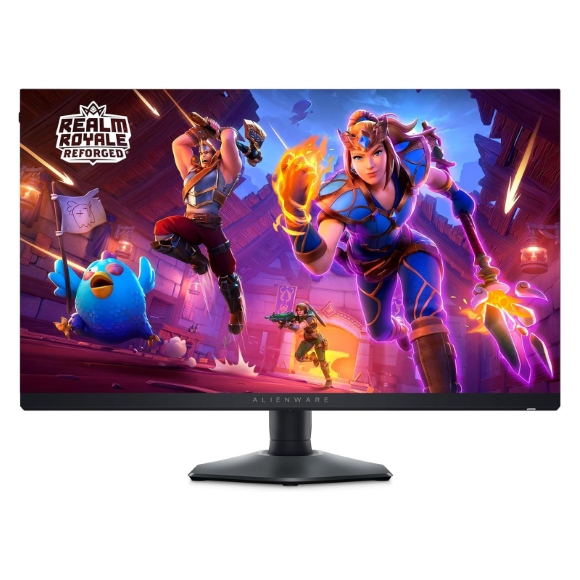
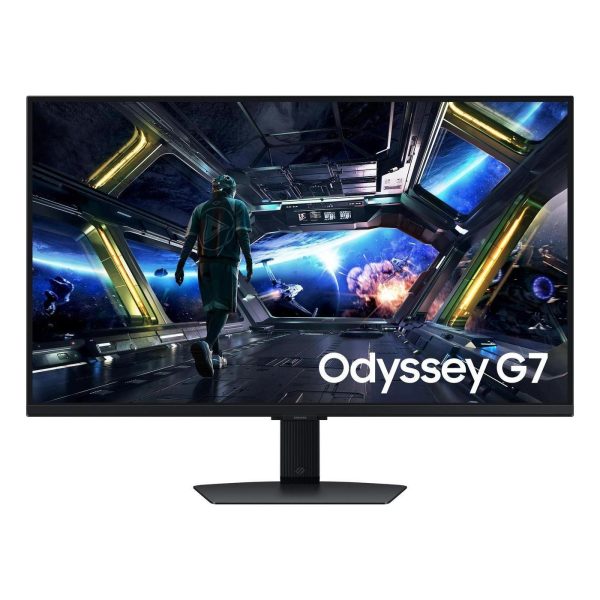

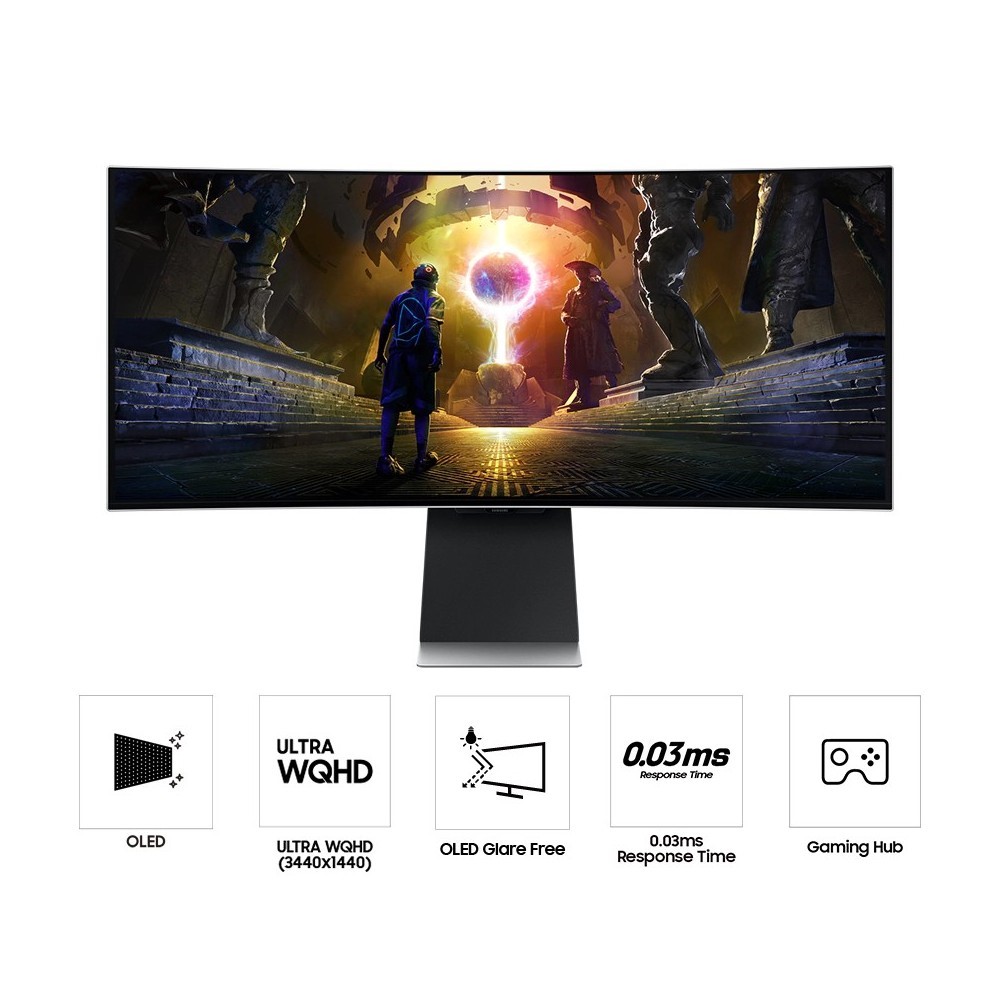
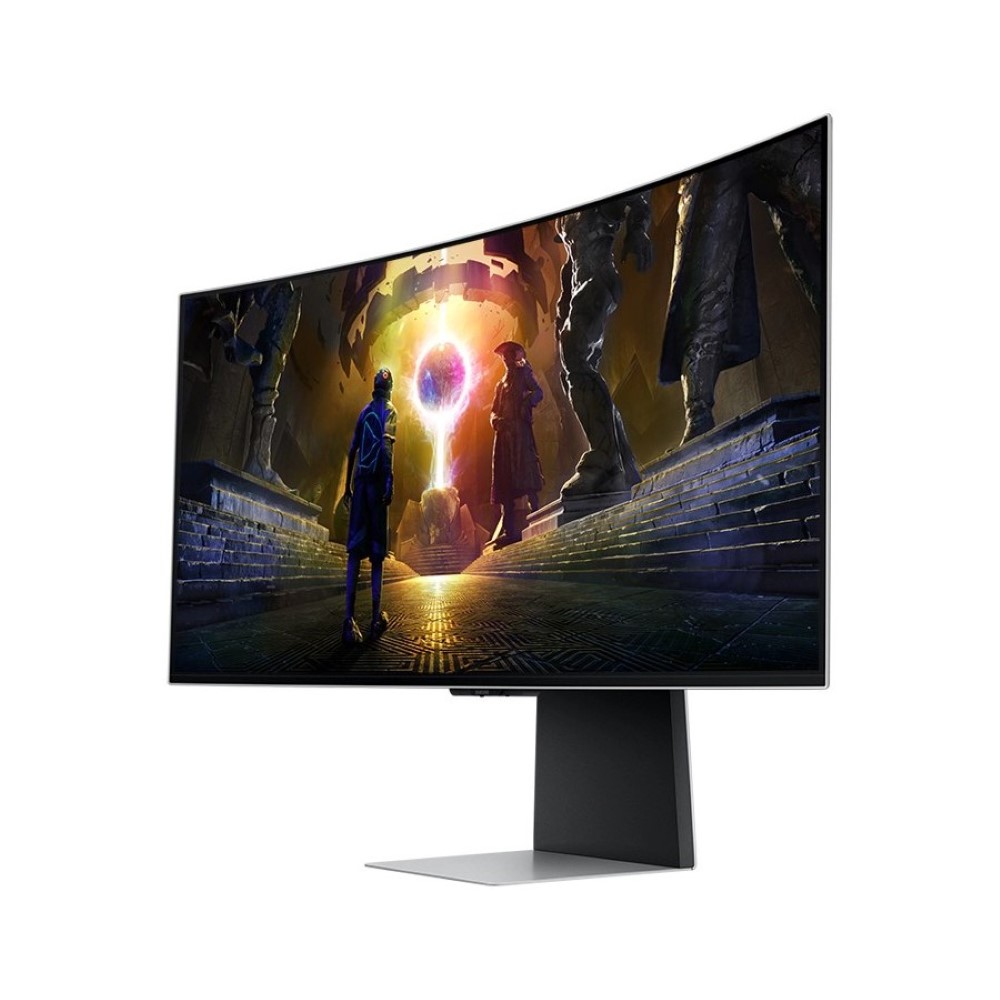
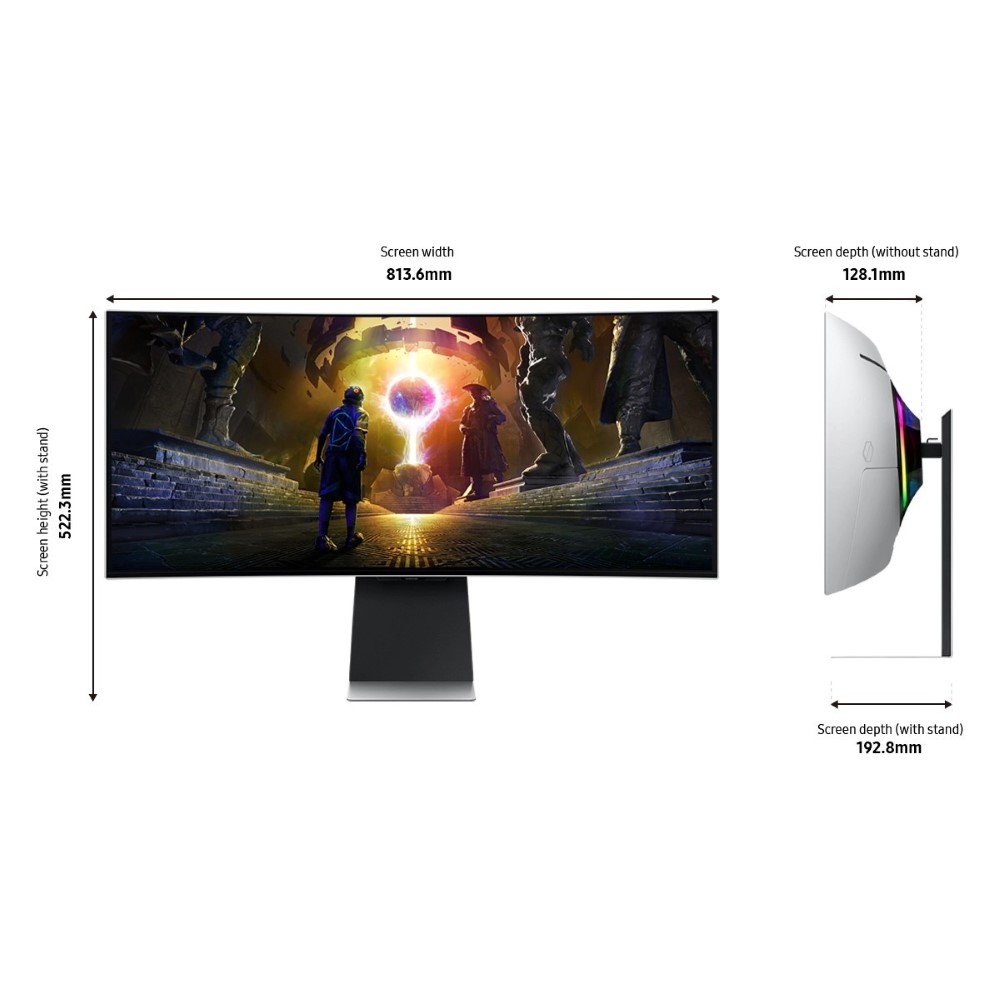
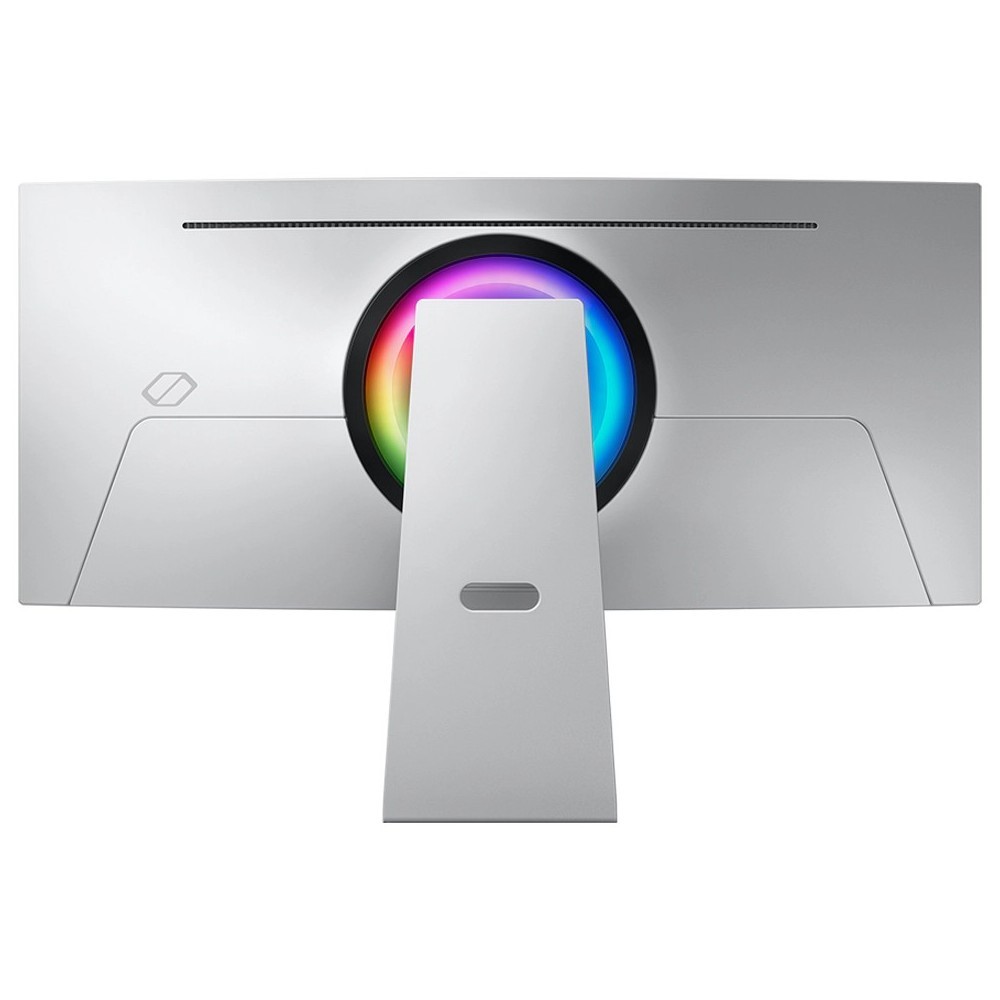
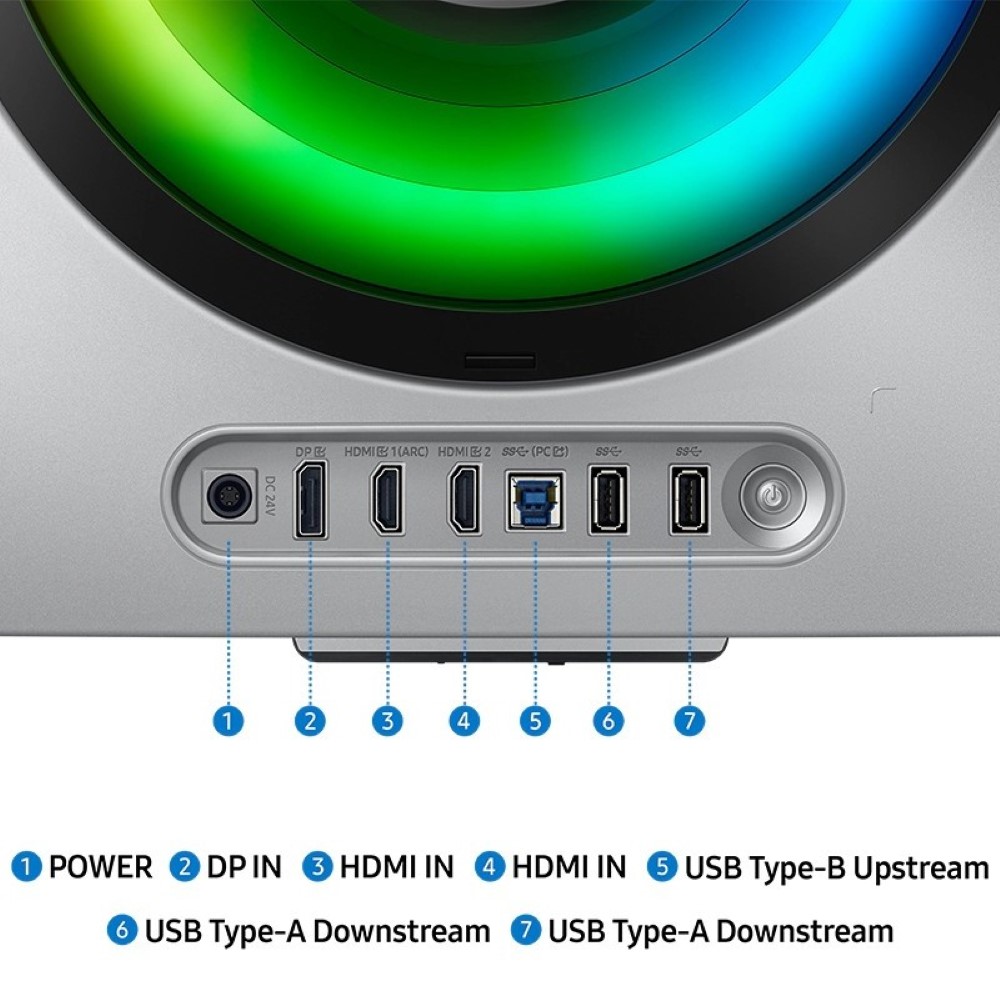
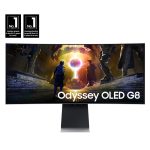
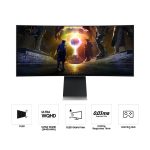

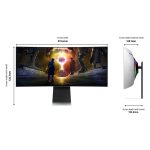
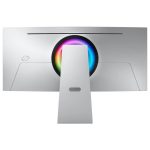
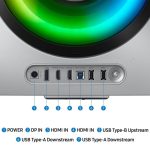
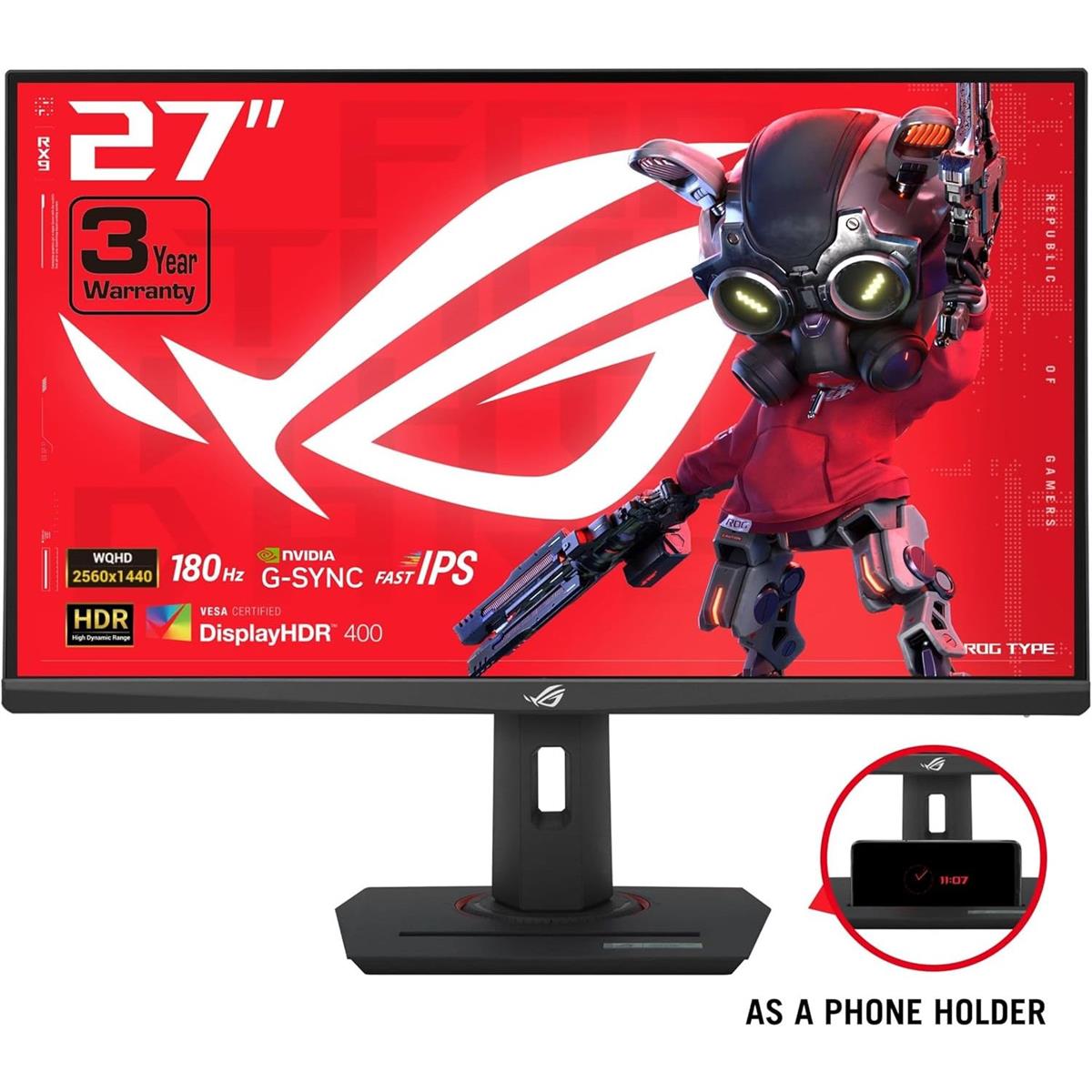
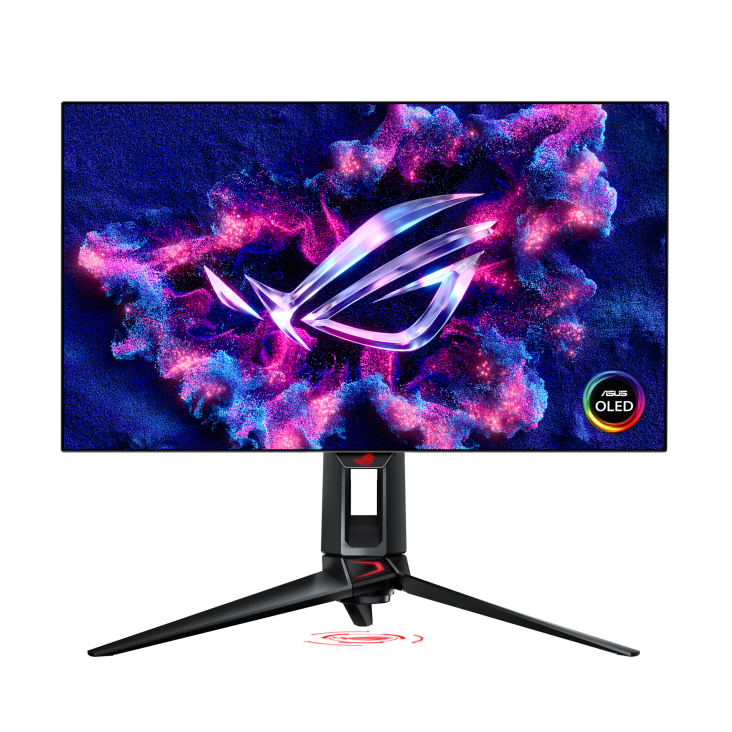
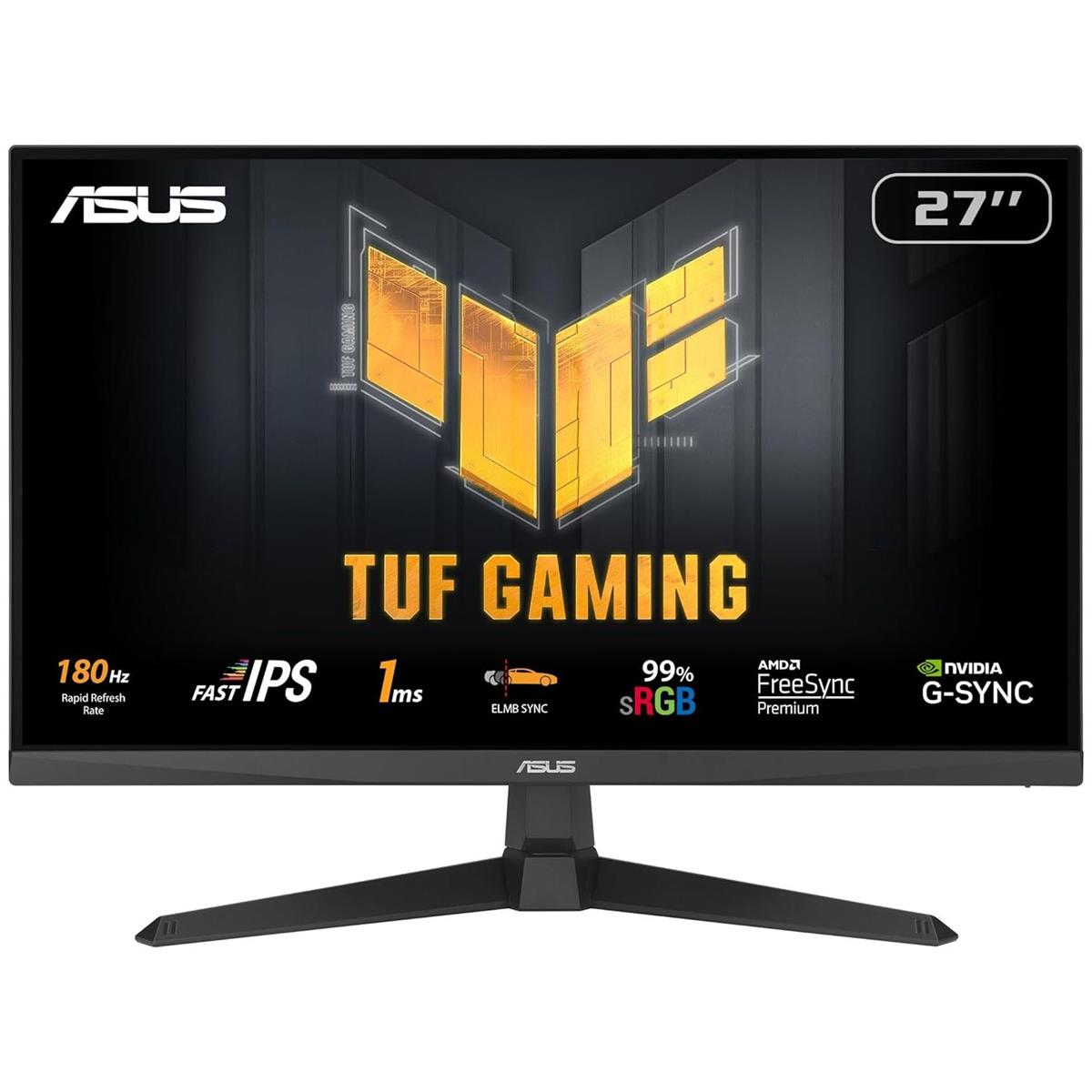
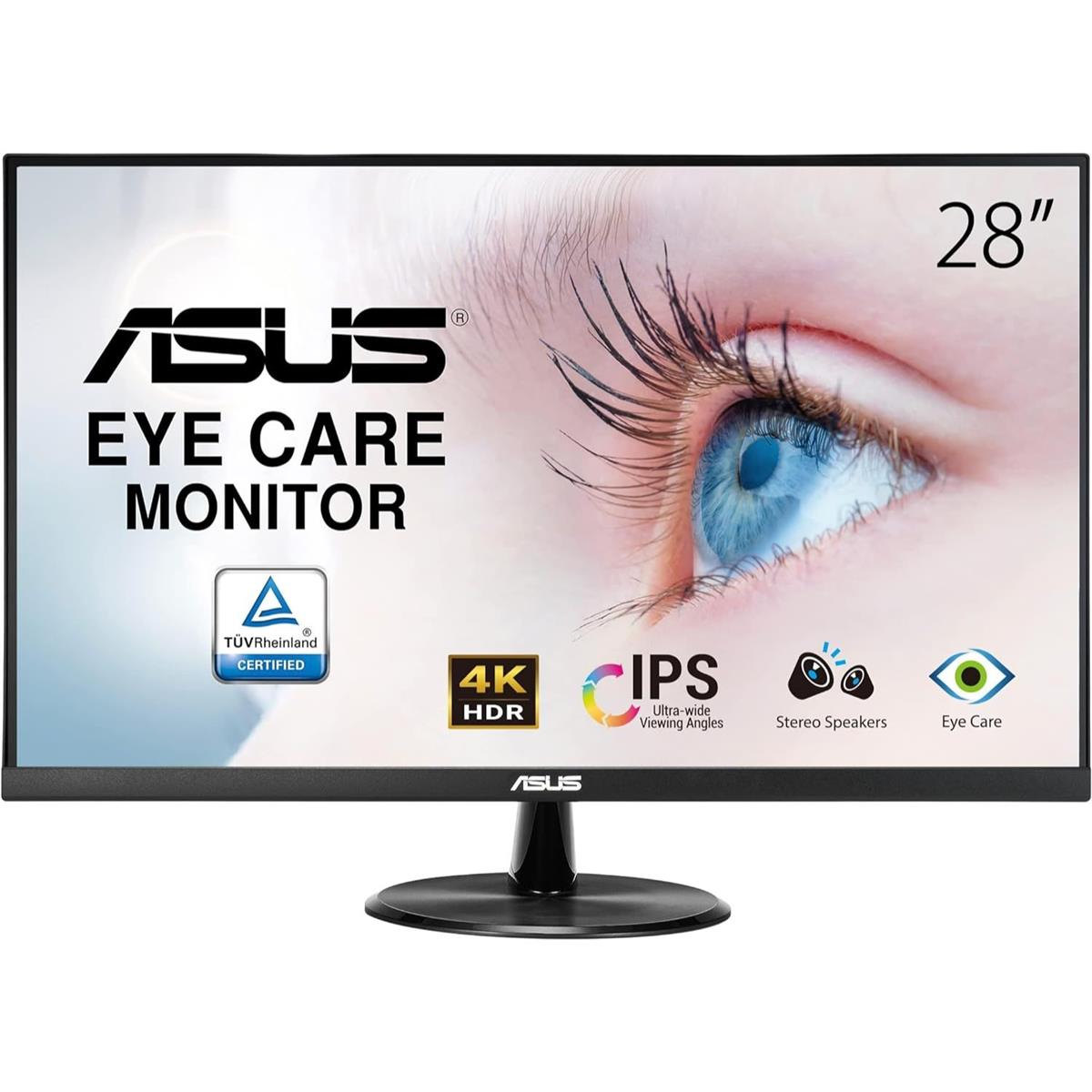
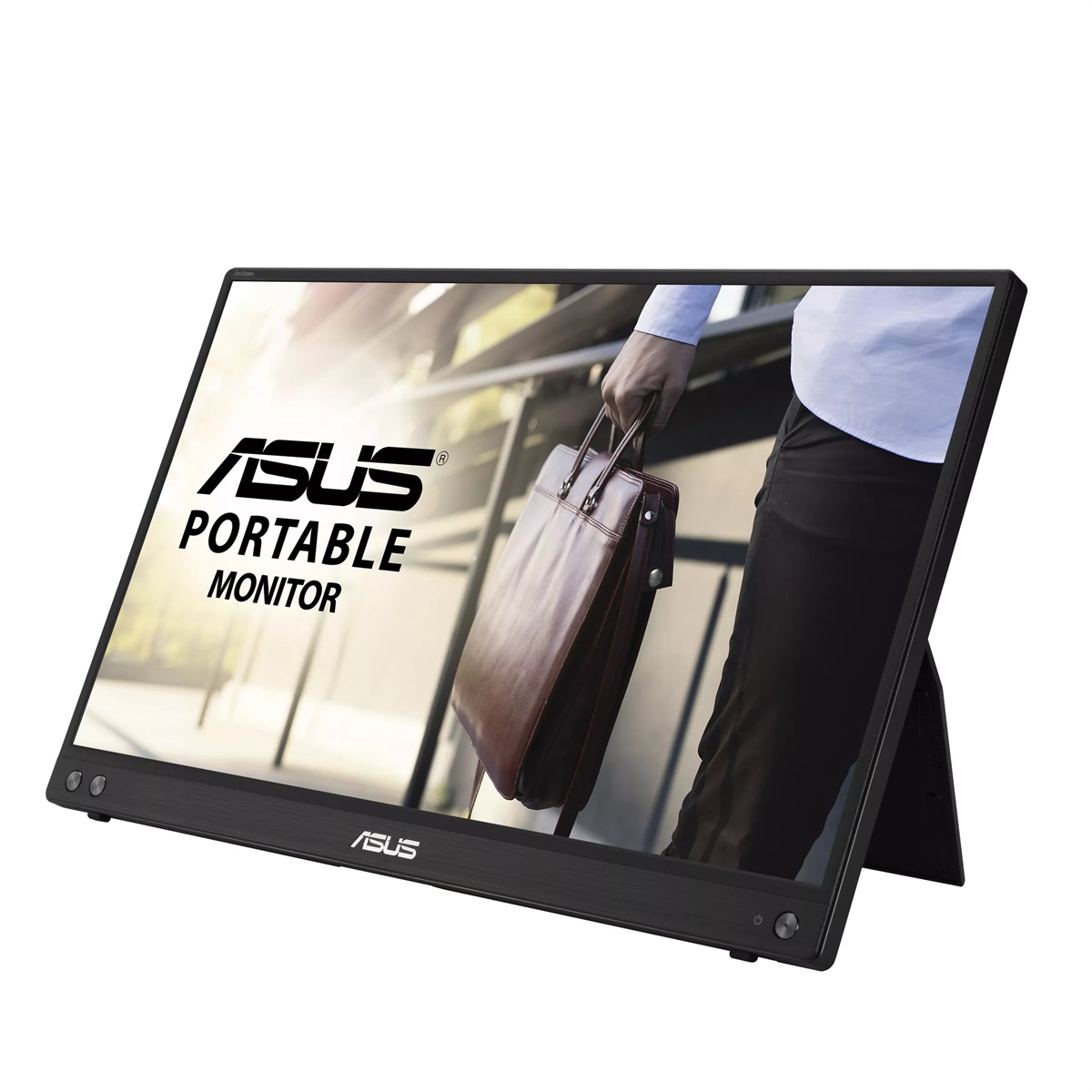
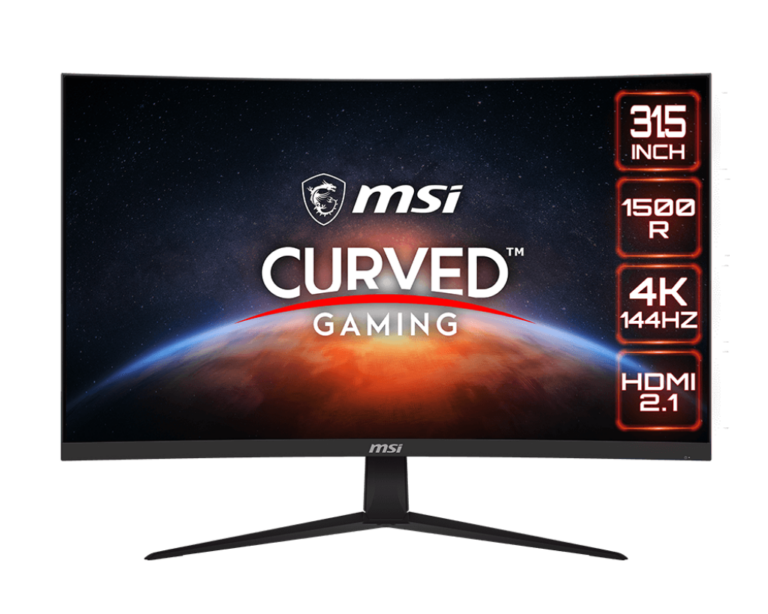
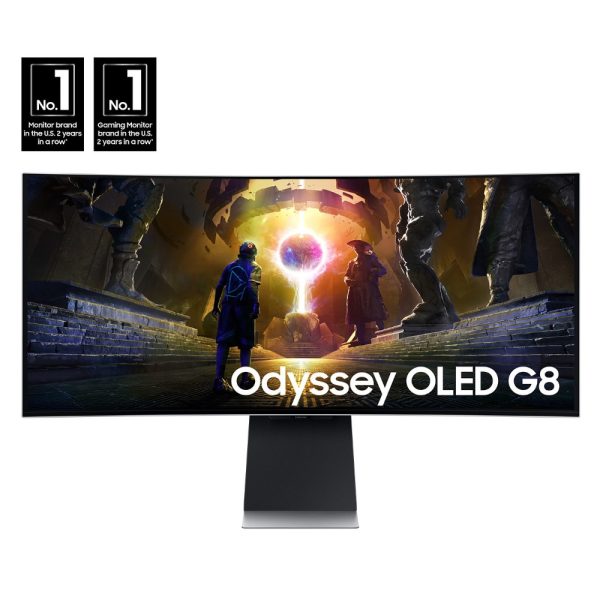
Reviews
Clear filtersThere are no reviews yet.